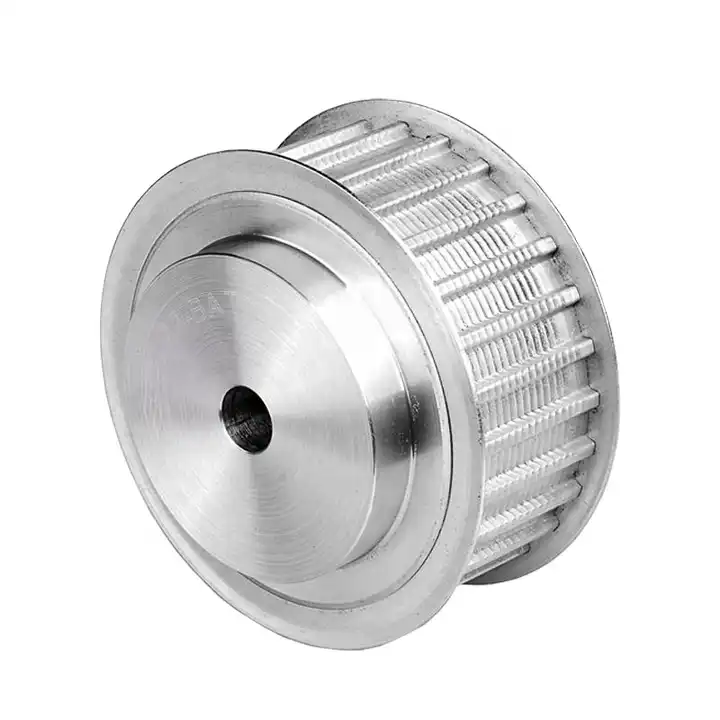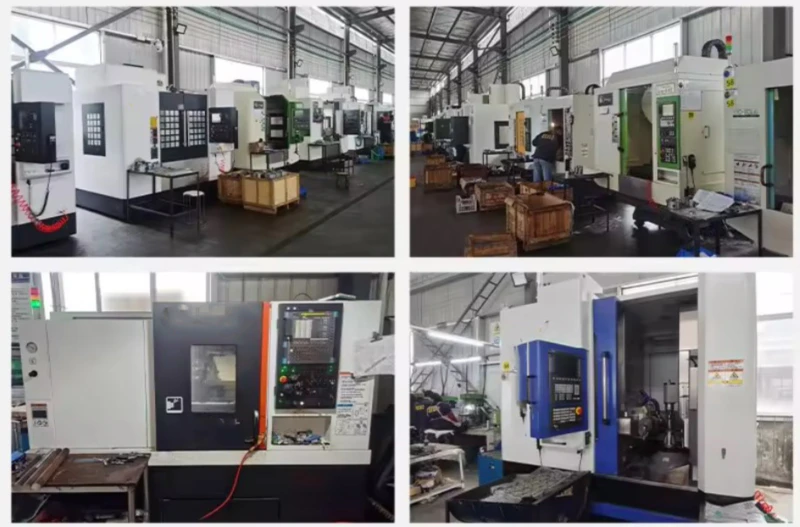Timing Pulley Flange Design for Belt Retention
Timing pulleys are an essential part of power transmission systems. They are used to transfer power from a driver to a driven shaft. The design of a timing pulley is critical to the performance of a power transmission system. One of the critical aspects of the timing pulley design is the flange design. The flange is the part of the timing pulley that retains the belt and ensures that it remains in place during operation. In this article, we will look at the timing pulley flange design and its importance in belt retention.
Types of Timing Pulley Flanges
Timing pulley flanges come in different shapes and sizes, depending on the application. The two most common types of timing pulley flanges are the pilot flange and the retainer flange.
Pilot Flange
The pilot flange is a flange that is machined as a part of the timing pulley. The flange is designed to provide a surface for the belt to ride on, which helps to maintain the belt’s position. The pilot flange is most commonly used in applications where the pulley is mounted on a shaft.
Retainer Flange
The retainer flange is a separate component that is attached to the timing pulley. The retainer flange is designed to retain the belt by exerting a radial force on the belt. The retainer flange is most commonly used in applications where the pulley is not mounted on a shaft.
Factors to Consider in Timing Pulley Flange Design
There are several factors to consider when designing the flange of a timing pulley. These factors include:
- The angle of the flange
- The height of the flange
- The thickness of the flange
- The size of the belt
Angle of the Flange
The angle of the flange is critical to belt retention. The angle of the flange should be such that it provides adequate contact with the belt. If the angle is too shallow, the belt may slip, while if the angle is too steep, the belt may wear out prematurely.
Height of the Flange
The height of the flange is critical to belt retention. The height of the flange should be such that it provides adequate support to the belt. If the height is too low, the belt may slip, while if the height is too high, the belt may wear out prematurely.
Thickness of the Flange
The thickness of the flange is also critical to belt retention. The thickness of the flange should be such that it provides adequate support to the belt. If the thickness is too thin, the belt may slip, while if the thickness is too thick, the belt may wear out prematurely.
Size of the Belt
The size of the belt is another critical factor to consider in timing pulley flange design. The flange should be designed to accommodate the size of the belt. If the flange is too small, it may not provide adequate support to the belt, while if the flange is too large, the belt may wear out prematurely.
Conclusion
The flange design of a timing pulley is critical to the performance of a power transmission system. The design of the flange should be such that it provides adequate support to the belt and ensures that it remains in place during operation.
Company Promotion
Our company is a leader in the pulley market in China. We offer a wide range of products, including timing pulleys, V pulleys, belt wheels, belt idler pulleys, flat pulleys, and more. We have various state-of-the-art automated production and assembly equipment. We pride ourselves on our high-quality products, competitive pricing, and exceptional customer service. We welcome customers to contact us for customized products based on their samples or designs. For more information, please visit our website https://vpulley.com.
Q&A
Q1: What is a timing pulley?
A1: A timing pulley is an essential part of power transmission systems. It is used to transfer power from a driver to a driven shaft.
Q2: What is the function of a timing pulley flange?
A2: The flange of a timing pulley retains the belt and ensures that it remains in place during operation.
Q3: What are the two most common types of timing pulley flanges?
A3: The two most common types of timing pulley flanges are the pilot flange and the retainer flange.
Q4: What factors should be considered in timing pulley flange design?
A4: The angle, height, thickness of the flange, and size of the belt should be considered in timing pulley flange design.
Q5: What products does your company offer?
A5: Our company offers a wide range of products, including timing pulleys, V pulleys, belt wheels, belt idler pulleys, flat pulleys, and more.


